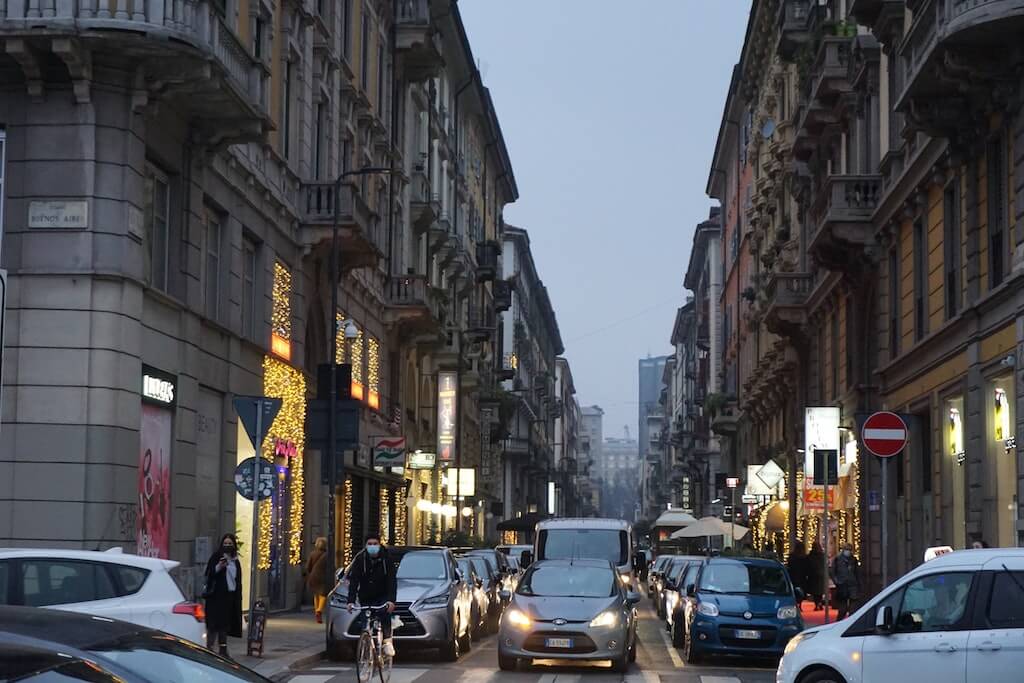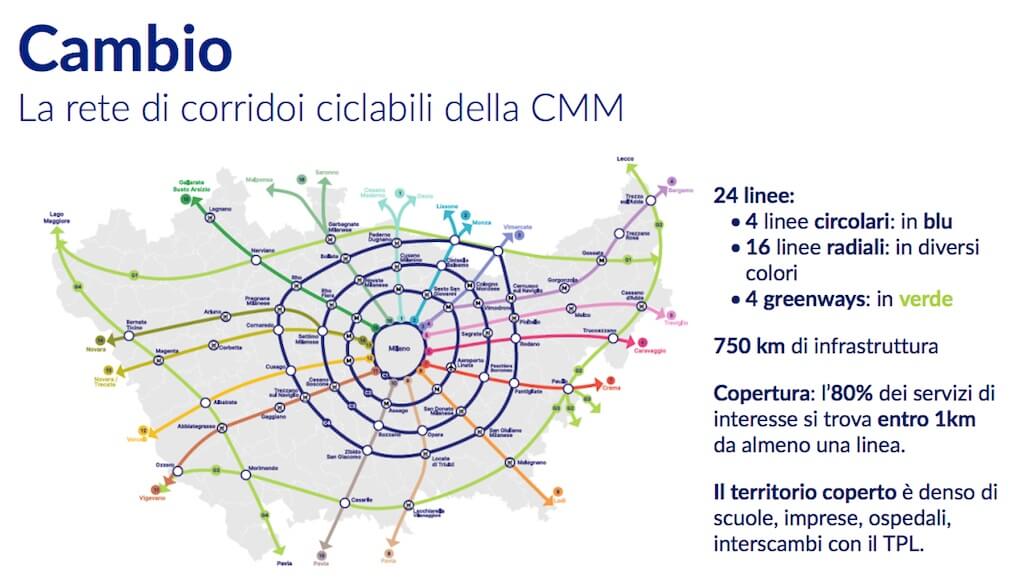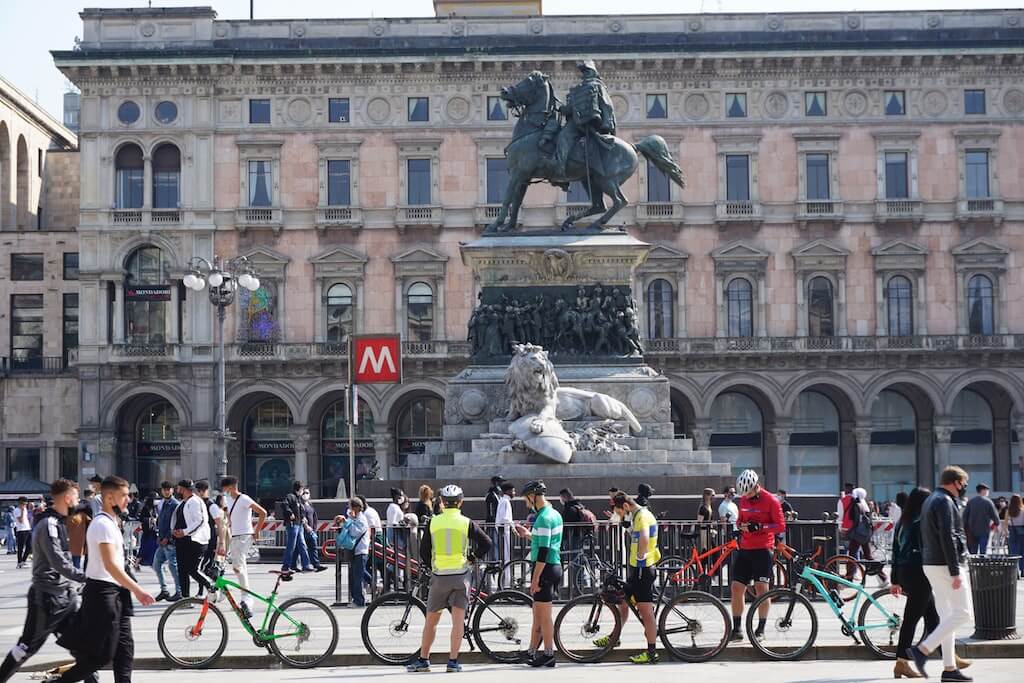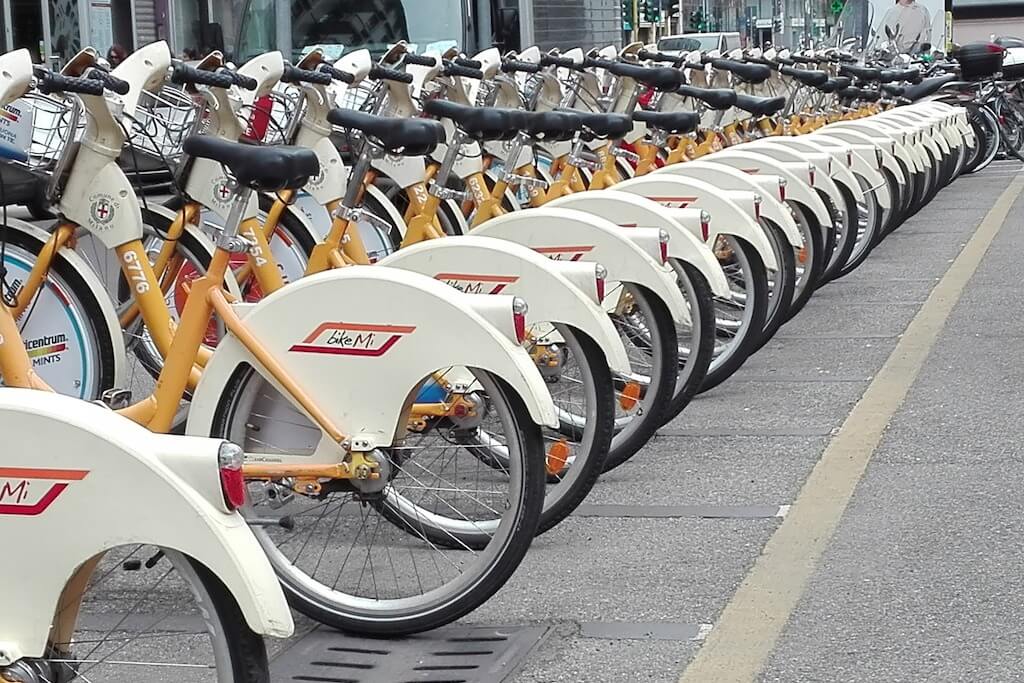Autumn Gear Guide
Find inspiration in our Gear Guide that will keep you out on your bike through wind or rain.
Download NowLess than a year removed from word of Paris’s massive cycling network expansion comes similar good news from the Metropolitan City of Milan — a place not known for its favorable conditions for cyclists. The Italian city, which ranks amongst the top 40 most congested cities on the planet and one of the worst cities […]
Less than a year removed from word of Paris’s massive cycling network expansion comes similar good news from the Metropolitan City of Milan — a place not known for its favorable conditions for cyclists.
The Italian city, which ranks amongst the top 40 most congested cities on the planet and one of the worst cities in Italy for air pollution, approved a plan dubbed Cambio, which will see 750 km of cycle paths by 2035 with the goal of connecting the entire city and its surrounding region.

The principle of the plan is to put as many people as possible, some 86 percent of the 1.4 million residents in Milan, within one kilometer of the cycling network.
According to the presentation of the Cambio plan, the move could increase the amount of travel by bicycle to the tune of 20 percent of total trips.
The network is divided into four sections including four circular corridors, 16 radial lines, as well as four long-distance greenways.

“Imagine being able to move around the whole metropolitan area on a bicycle,” said Milan mobility councilor Beatrice Uguccioni, “to reach cinemas, schools, health centers, and meeting places on innovative routes and to do so in complete safety.”

The network will put 80% of the services of interest — for example, schools, businesses, hospitals — within one km of at least one cycling line.
If the goals of the Cambio plan sound familiar, it is by design. The consultants behind the plan are Dutch-based, and the presentation makes direct reference to the Paris plan, including in its cost breakdown.
“The Île-de-France Region has, in fact, allocated funds for an investment of approximately 300 million Euro for its realization, in support of an already widespread public transport network to offer a valid alternative to the use of a private car even over not very short distances,” the presentation stated.
The Cambio plan has construction costs estimated at “€300,000 per km for a total of €225 million.”

The network is designed to be similar to a map of subway or transit lines, which is intentional and there will be signage and information provided to cyclists in the same fashion. For example, each line is represented on the map with intersections, territory served, etc., and on-route signage.
The move comes as part of a mass movement to create more people-centred cities especially in Europe where the European Union is moving forward with transportation and mobility plans that focus on bicycles and e-bikes amongst other emissions-free solutions.
Find inspiration in our Gear Guide that will keep you out on your bike through wind or rain.
Download Now
Leave a comment